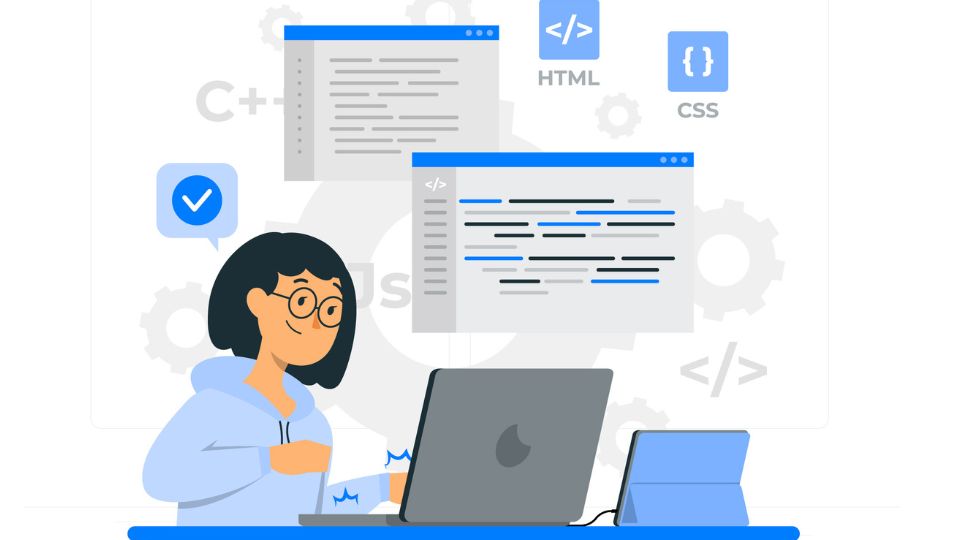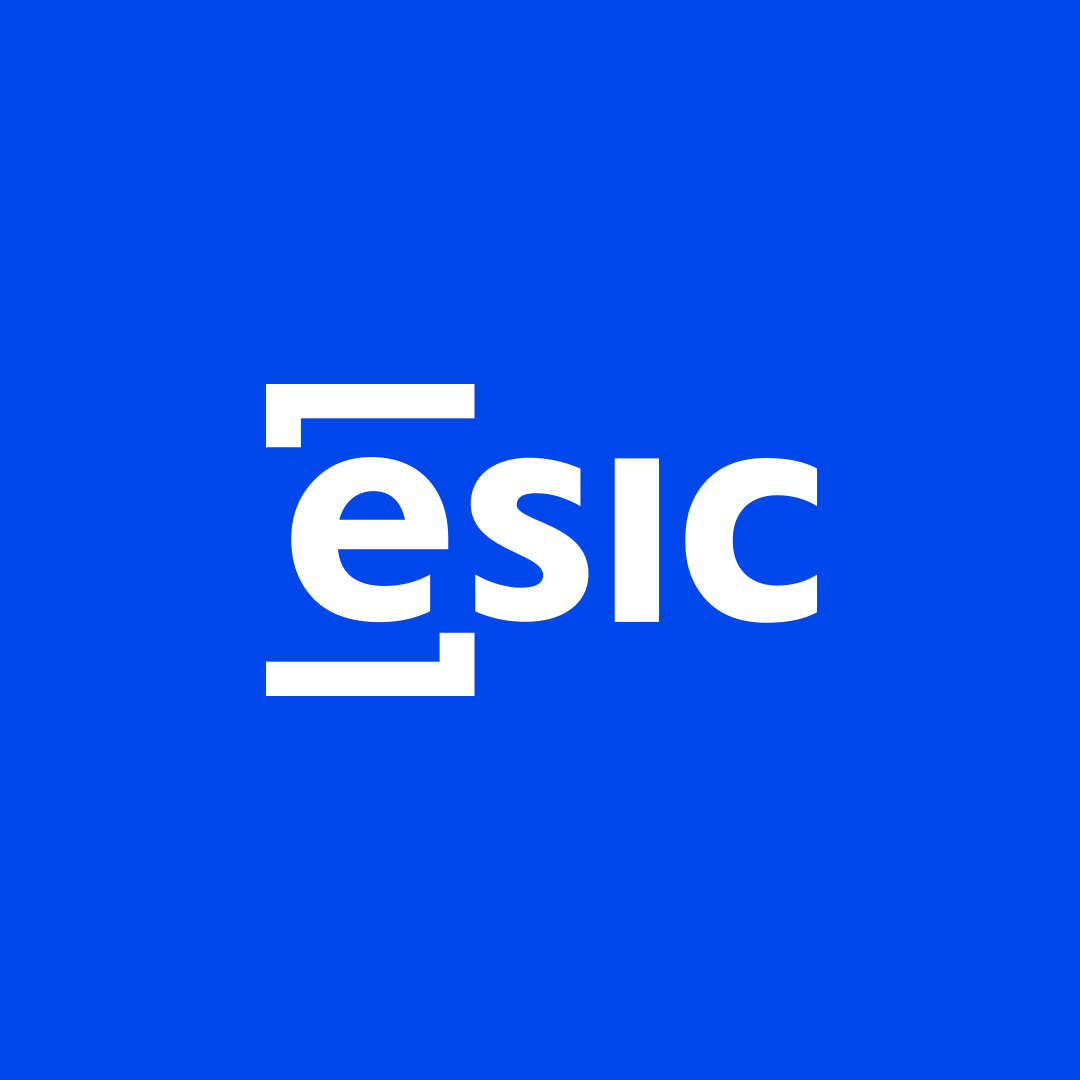
What is the EGM (General Media Study) and how to use it in measurement?
Internacional | Artículo-
Visitas493
- Octubre 2024
- Fecha de publicación
- Octubre 2024
- Internacional
- Artículo
The EGM, or Estudio General de Medios (General Media Survey), is a cross-sectional study that analyzes media consumption and audience behavior. It provides valuable insights for organizations, media companies, and advertisers, helping them effectively target and position their advertising campaigns and strategies. The EGM measures audience reach by examining media usage patterns, types of media consumed, and the time spent on each. By leveraging this data, companies can optimize their marketing efforts, avoiding wasted resources and ensuring they reach the right audience within their target market.
What is the EGM?
Would you like to study our Master’s Degree in Communication and New Technologies? Log in for more information.
The General Media Survey is one of the important comprehensive research projects. It collects data from a large number of respondents and studies all types of media including television and radio, Internet, newspapers, magazines and other forms of emerging media. This survey is not restricted to one country or one type of mass media; rather it aims to give a picture of how people use the different mass media available within a particular time frame.
For many companies and media agencies, the question arises: What is the General Media Survey? In essence, it is a media usage survey designed to characterize media consumption rather than assess the comparative effectiveness of different media types. The survey encompasses various key aspects, including audience behavior and engagement.
In particular, it examines how social media marketing integrates with traditional media definitions and focuses on audience interaction. By providing insights into these areas, the General Media Survey helps companies refine their targeting strategies. For instance, an advertising agency can gain a clear understanding of audience engagement levels across social networks compared to television, allowing for more informed decisions regarding ad placement and positioning.
How to apply the EGM in measurement
With regard to land use and the consideration of the effective use of the EGM in media planning and marketing strategies, the EGM data has several relevant uses. It is useful in helping companies assess media utilization by showing the media usage pattern. Over the years, businesses and media agencies have performed experiments in EGM measurement. Some of these include:
Audience segmentation and profiling
Over the years, the General Media Survey has provided significant advantages in creating and maintaining diverse media audience segments based on age, gender, income, and geographical location. This segmentation enables businesses to develop effective marketing strategies tailored to specific demographics. For example, a company aiming to target young consumers can make informed investments in online advertising, as this age group predominantly utilizes digital platforms.
Media reach and frequency analysis
One essential function of the EGM is to seek exposure and interaction measures of the media advertisements amongst the target audience population. This data is important in assisting organizations to establish the number of people reached by their advertisements and how often the advertisements have been shown to many people. In advertising management as a strategy, this information is quite useful, since it will be possible to determine how much of this advertisements should be targeted at those people and how often they need to be targeted in order to effectively sell the adverts to them without constantly boring them.
Cross-media comparisons
The EGM goes further in detailing the various types of audience attracted by other media as opposed to simply understanding the audience of a particular medium. For instance, it can study how new technologies relate to older forms of communication; for example, whether the Internet is more attractive compared to television. This kind of analysis will ensure that there is a more holistic and realistic media plan that is able to address people’s needs.
Identifying media trends
The media and their related changes have happened faster than any other business context, and so there is a need for companies to be aware of these trends. The EGM provides information about market trends that may be useful in providing information about the audience or a geo-targeted concept. Because of such trends, companies need to change their course of action to reach audiences in the most effective way.
In conclusion, it should be said that the EGM conducts a sound analysis of people’s behavior as well as media consumption patterns. In both cases, the data facilitates the work of managers and media specialists – for instance, it helps them organize and direct their actions in the most efficient manner. For students aiming to pursue this field, ESIC University’s Master’s Degree in Communication and New Technologies provides first-class theoretical and practical knowledge that will enable future specialists to work effectively in a metrics-driven media industry.
Promoting the ESIC University’s Master’s Degree In Communication Management and New Technologies
Due to the increasing implications of working in the media or communication sector, it is important to answer the question of how to put all the knowledge gained from studying the media, such as the EGM to good use. The ESIC University has developed Master’s Degree in Communication and New Technologies to ensure that students understand and acquire the necessary tools and strategies for current and emerging media industries.
Nowadays, it is important for any professional to be able to work in the conventional and virtual media environment. ESIC University’s Master’s Degree program not only emphasizes traditional media channels, it provides an in-depth knowledge of the new era of communication technologies, including social and digital media channels. Studying this course will benefit any person who wishes to develop in relative parameters: measuring media, conducting campaigns and working with new communication technologies.
EGM and other media consumption-related analysis tools are appreciated and studied by ESIC University students. Based on this syllabus, students are not only taught to use the media but also how to measure the media effects, which is an important skill in developing campaigns for a variety of media. Given the current focus on data in the field of marketing and communication, this program prepares graduates to be the new generation of marketing communication professionals.
Why choose ESIC University?
One of the important decisions in the media and communication sectors is choosing the right school. ESIC University fits the bill in more effective ways, due to the practical aspect of all that is taught. This Master’s Degree in Communication and New Technologies is well and timely suited to the media market of today.
However, the focus of ESIC is oriented to the practical aspects of communication and business development, and is therefore, more useful to students. Students can work on real-life projects, do certain practices and even attend workshops. These practices provide the students with invaluable practical skills and contacts in the working environment, making it very easy for them to find jobs as soon as they leave school.
Furthermore, ESIC University has broader overseas cooperation with foreign media, which allows US students to understand new media communication technologies. This gives students great flexibility, enabling them to function in the local environment while not being oblivious to problems related to the global media environment.
También te puede interesar

React: definición, características y ejemplos de uso
React es una biblioteca de JavaScript diseñada para facilitar la creación de interfaces de usuario interactivas y reactivas, especialmente en aplicaciones web de una sola página (SPA). Esta herrami...
- Publicado por _ESIC Business & Marketing School

Director de marketing o CMO: qué es, funciones y salario
Si quieres dedicarte al marketing y sueñas con dirigir algún día este departamento en alguna compañía, pide información sobre nuestro Máster en Dirección de Marketing y Gestión Comercial [GES...
- Publicado por _ESIC Business & Marketing School

¿Qué es la política exterior?
La política exterior es un pilar esencial en la construcción de relaciones internacionales y en la búsqueda de objetivos estratégicos que permitan a un país prosperar en el escenario global. A tr...
- Publicado por _ESIC Business & Marketing School

